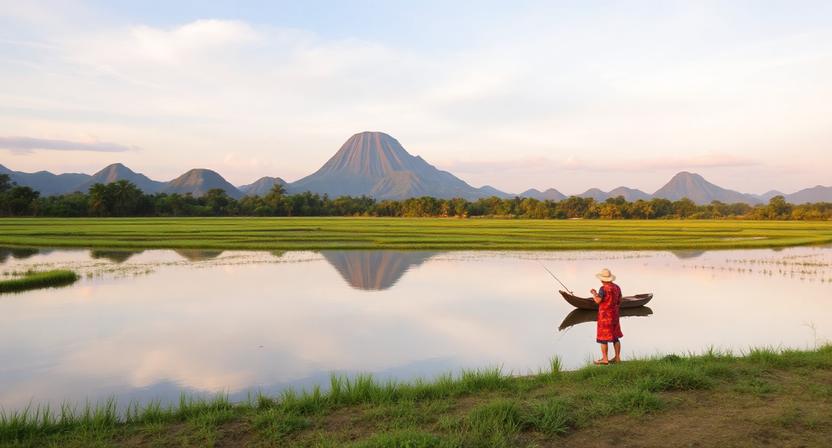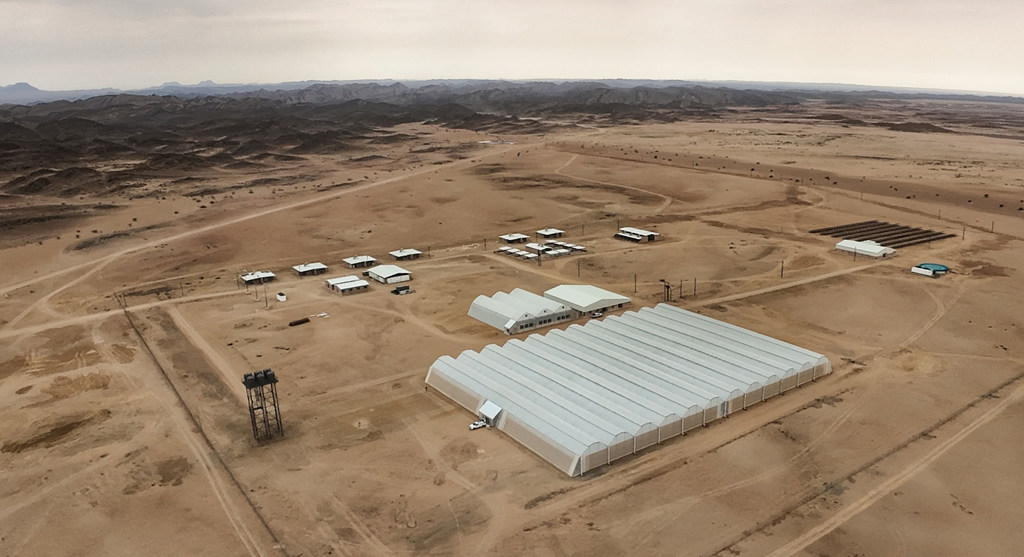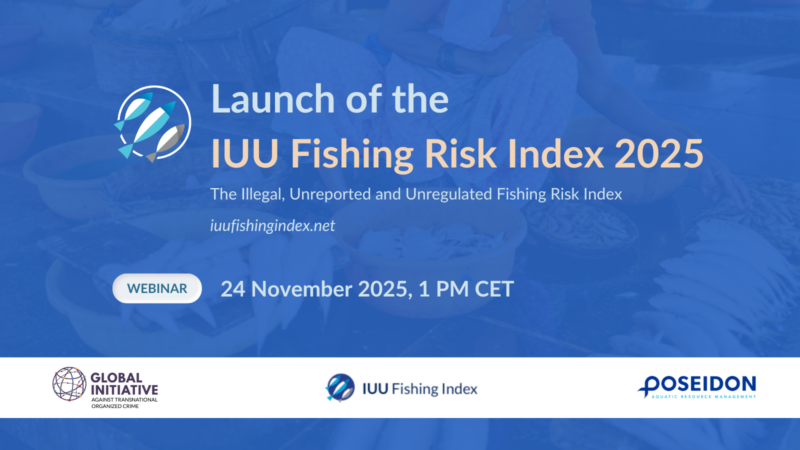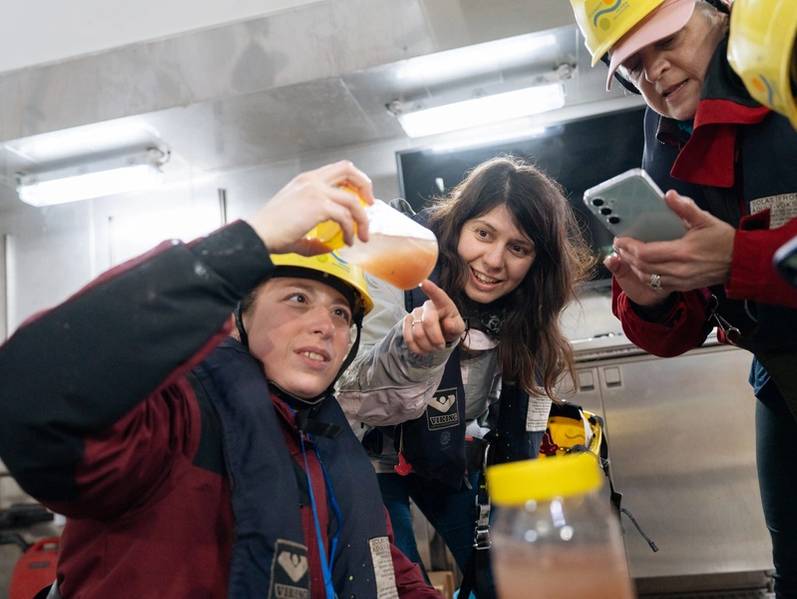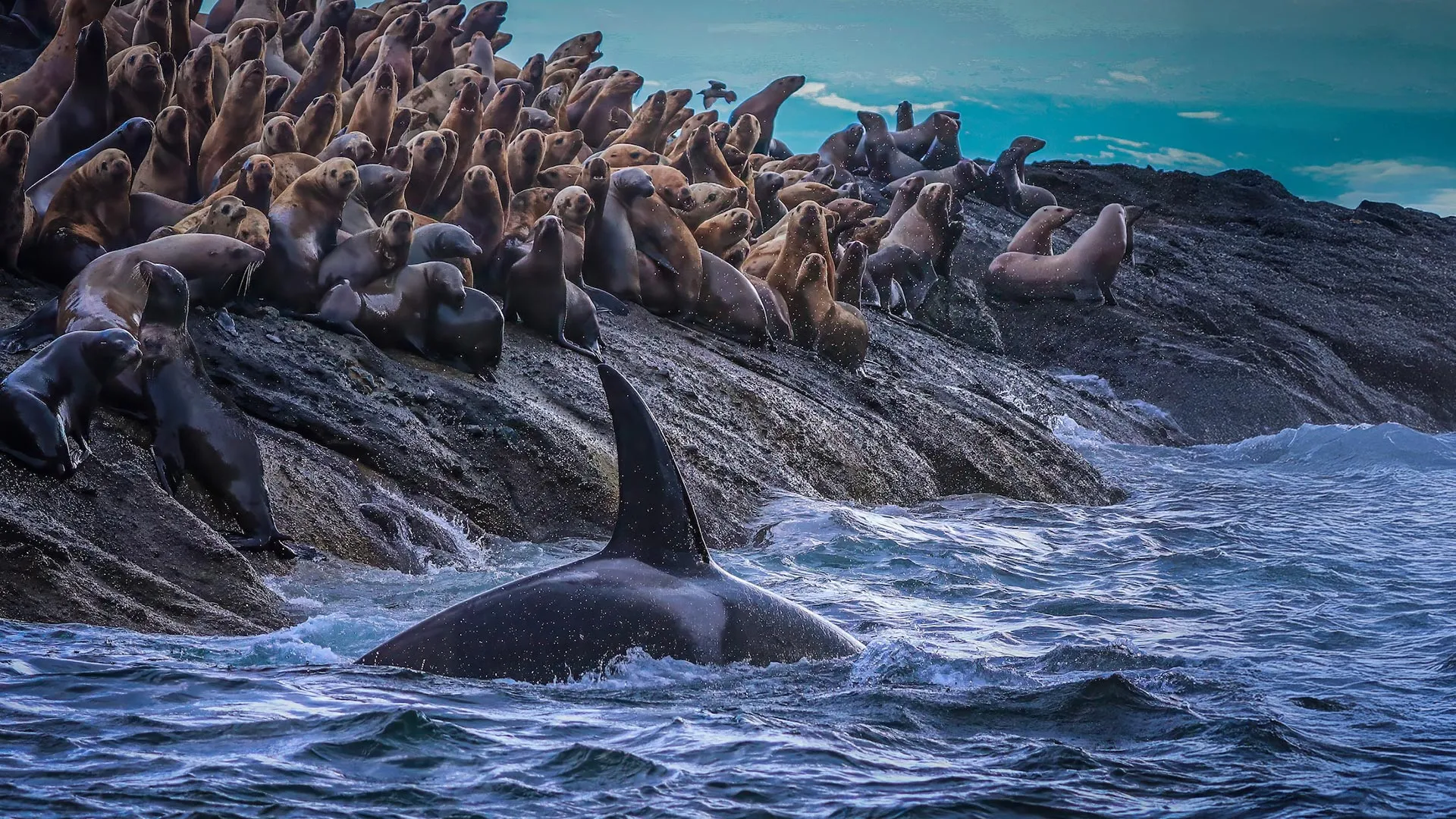Commercial fishing in a vast Pacific nature area is halted after a judge blocks a Trump order – ABC News

Judicial Ruling Halts Commercial Fishing in Pacific Marine Monument, Upholding Sustainable Development Goals
Executive Summary
A U.S. District Court in Hawaii has issued a ruling to halt commercial fishing within the Pacific Remote Islands Marine National Monument. The decision reverses a Trump administration executive order that had permitted such activities. This report analyzes the ruling’s direct and significant contributions to the United Nations Sustainable Development Goals (SDGs), particularly SDG 14 (Life Below Water) and SDG 16 (Peace, Justice, and Strong Institutions).
- Action: A federal judge granted a motion by environmental organizations, effectively reinstating a ban on commercial fishing in a protected marine area.
- Location: The ruling applies to waters between 50 and 200 nautical miles around Johnston Atoll, Jarvis Island, and Wake Island.
- Core Conflict: The case highlights the tension between economic objectives aimed at increasing seafood production and the international and national commitments to marine conservation and sustainable resource management as outlined in the SDGs.
- Primary SDG Impact: The decision directly supports the conservation and sustainable use of marine ecosystems.
Alignment with SDG 14: Life Below Water
The court’s decision is a significant victory for marine conservation, directly advancing several targets within SDG 14.
- Protection of Marine Ecosystems (Target 14.2): The ruling reaffirms protections for the monument, a critical habitat for turtles, marine mammals, and seabirds. By halting commercial fishing, it mitigates significant adverse impacts on these vulnerable ecosystems, directly contributing to the goal of sustainably managing and protecting marine and coastal environments.
- Regulation of Destructive Fishing Practices (Target 14.4): The lawsuit specifically challenged the use of longline fishing, an industrial method known for high rates of bycatch. The cessation of this practice within the monument aligns with the global effort to regulate harvesting and end destructive fishing practices that threaten marine biodiversity.
- Conservation of Marine Areas (Target 14.5): The Pacific Remote Islands Marine National Monument, established in 2009 and expanded in 2014, is a key contributor to the conservation of coastal and marine areas. The judicial ruling defends the integrity of this protected zone, ensuring its continued role in achieving conservation targets.
Upholding SDG 16: Peace, Justice, and Strong Institutions
The legal process and outcome of this case underscore the importance of robust legal and institutional frameworks for achieving sustainable development.
- Legal Challenge to Executive Action: Environmental groups argued that the administration’s decision to allow fishing was implemented without the required process for public comment and rulemaking. This challenge highlights a commitment to ensuring institutions are accountable and transparent, a core principle of SDG 16.6.
- Judicial Intervention and Rule of Law (Target 16.3): By siding with the plaintiffs, the court demonstrated the critical function of an independent judiciary in upholding established laws and regulations. The ruling reinforces the rule of law at the national level, ensuring that environmental protections are not dismantled without due process.
- Inclusive and Participatory Decision-Making (Target 16.7): The lawsuit was brought forward by a coalition of environmental and Native Hawaiian groups, representing a participatory approach to governance. Their successful legal action ensures that decisions affecting shared natural and cultural resources are responsive and inclusive.
Broader Implications for Sustainable Development
- Safeguarding Cultural Heritage (SDG 11.4): The lawsuit noted that commercial fishing would harm the “cultural, spiritual, religious, subsistence, educational, recreational, and aesthetic interests” of Native Hawaiian plaintiffs. The ruling, therefore, also serves to protect and safeguard the world’s cultural and natural heritage.
- Policy Coherence for Sustainable Development (SDG 17.14): The case exemplifies a conflict between a policy promoting economic expansion in the fishing industry and a long-standing policy of marine conservation. The court’s decision restores policy coherence by prioritizing the established legal framework for environmental protection, a key component of achieving sustainable development.
SDGs Addressed in the Article
SDG 14: Life Below Water
This goal is central to the article, which focuses on the conservation and sustainable use of marine resources. The entire conflict revolves around protecting a “vast protected area of the Pacific Ocean,” the Pacific Islands Heritage Marine National Monument, from the impacts of commercial fishing. The article discusses the importance of this area as a habitat for “turtles, marine mammals and seabirds” and the threat posed by industrial fishing methods like longline fishing.
SDG 16: Peace, Justice and Strong Institutions
The article highlights the role of legal and institutional frameworks in environmental protection. The core of the story is a legal challenge where “a judge in Hawaii sided this week with environmentalists” against a government action. It explicitly mentions the government’s failure to provide a “process for public comment and rulemaking,” which relates to transparent and accountable institutions. The lawsuit itself, brought by environmental and Native Hawaiian groups, and the subsequent court ruling demonstrate the functioning of justice systems to uphold environmental law.
SDG 12: Responsible Consumption and Production
While less direct, this goal is relevant to the discussion of fishing practices. The article contrasts conservation efforts with the push to make the U.S. “the world’s dominant seafood leader” by boosting commercial fishing. The debate over “longline fishing, an industrial method,” touches upon the need for sustainable production patterns to ensure the long-term health of marine ecosystems and fish stocks.
Specific Targets Identified
SDG 14: Life Below Water
- Target 14.2: By 2020, sustainably manage and protect marine and coastal ecosystems to avoid significant adverse impacts… The article is entirely about the legal fight to protect the “Pacific Islands Heritage Marine National Monument” from the adverse impacts of commercial fishing, which environmental groups say would harm vulnerable species.
- Target 14.4: By 2020, effectively regulate harvesting and end… destructive fishing practices… The lawsuit challenges the rollback of regulations and seeks to halt “longline fishing,” which is presented as a potentially destructive practice that can snag turtles and seabirds. The judge’s ruling is a direct act of regulating harvesting in the protected area.
- Target 14.5: By 2020, conserve at least 10 per cent of coastal and marine areas… The article is centered on a marine protected area (MPA), the “Pacific Islands Heritage Marine National Monument,” which covers “about 500,000 square miles.” This is a direct contribution to this target, and the legal battle is about maintaining its protected status.
SDG 16: Peace, Justice and Strong Institutions
- Target 16.3: Promote the rule of law at the national and international levels and ensure equal access to justice for all. The article is a case study of this target in action, where environmental and Native Hawaiian groups used the legal system to challenge a government decision. The ruling by the “U.S. District Judge” demonstrates the application of the rule of law to settle the dispute.
- Target 16.6: Develop effective, accountable and transparent institutions at all levels. The lawsuit argued that the Trump administration’s decision was made without following proper procedure, specifically by not providing a “process for public comment and rulemaking,” pointing to a lack of transparency and accountability in the institution’s decision-making process.
- Target 16.7: Ensure responsive, inclusive, participatory and representative decision-making at all levels. The article implies a failure of this target, as the executive order was issued without public consultation. The lawsuit, which includes Native Hawaiian plaintiffs whose “cultural, spiritual, religious, subsistence, educational, recreational, and aesthetic interests” were harmed, represents an effort to force a more inclusive decision-making process.
Indicators for Measuring Progress
SDG 14: Life Below Water
- Indicator 14.5.1 (Coverage of protected areas in relation to marine areas): The article explicitly provides a measurement for this indicator by stating the size of the marine monument is “about 500,000 square miles (1.3 million square kilometers).” The court’s ruling directly impacts the management and effective coverage of this protected area.
- Regulation of Destructive Fishing Practices: An implied indicator is the legal status of specific fishing methods within protected zones. The judge’s ruling to “halt” commercial longline fishing in the monument is a measurable action that indicates progress towards protecting the ecosystem from harmful practices.
- Bycatch of Non-Target Species: The article mentions the concern that “turtles, marine mammals and seabirds” will get snagged. The rate of bycatch of these species is an implied indicator of the impact of fishing and the health of the marine ecosystem.
SDG 16: Peace, Justice and Strong Institutions
- Existence of Public Consultation Mechanisms: An indicator for Target 16.7 is whether processes for public participation exist. The article highlights the absence of this, noting the administration changed regulations “without providing a process for public comment and rulemaking.”
- Access to Legal Recourse: The successful lawsuit by “Earthjustice, an environmental law organization representing the plaintiffs,” serves as a qualitative indicator that legal channels are available and can be used by civil society groups to challenge government actions and seek justice.
SDGs, Targets, and Indicators Analysis
| SDGs | Targets | Indicators |
|---|---|---|
| SDG 14: Life Below Water | 14.5: Conserve coastal and marine areas. | Indicator 14.5.1: Coverage of protected areas. The article specifies the monument is “about 500,000 square miles.” |
| 14.2: Sustainably manage and protect marine and coastal ecosystems. | Implied Indicator: Health of key species. The article mentions protecting “turtles, marine mammals and seabirds” from being snagged. | |
| 14.4: Effectively regulate harvesting and end destructive fishing practices. | Implied Indicator: Prohibition of specific fishing methods. The court ruling to “halt” commercial “longline fishing” in the monument is a measurable action. | |
| SDG 16: Peace, Justice and Strong Institutions | 16.3: Promote the rule of law and ensure equal access to justice. | Implied Indicator: Use of legal systems by civil society. The successful lawsuit by environmentalists and Native Hawaiians demonstrates access to justice. |
| 16.7: Ensure responsive, inclusive, and participatory decision-making. | Implied Indicator: Existence of public consultation processes. The lawsuit highlights the lack of a “process for public comment and rulemaking.” |
Source: abcnews.go.com

What is Your Reaction?
 Like
0
Like
0
 Dislike
0
Dislike
0
 Love
0
Love
0
 Funny
0
Funny
0
 Angry
0
Angry
0
 Sad
0
Sad
0
 Wow
0
Wow
0















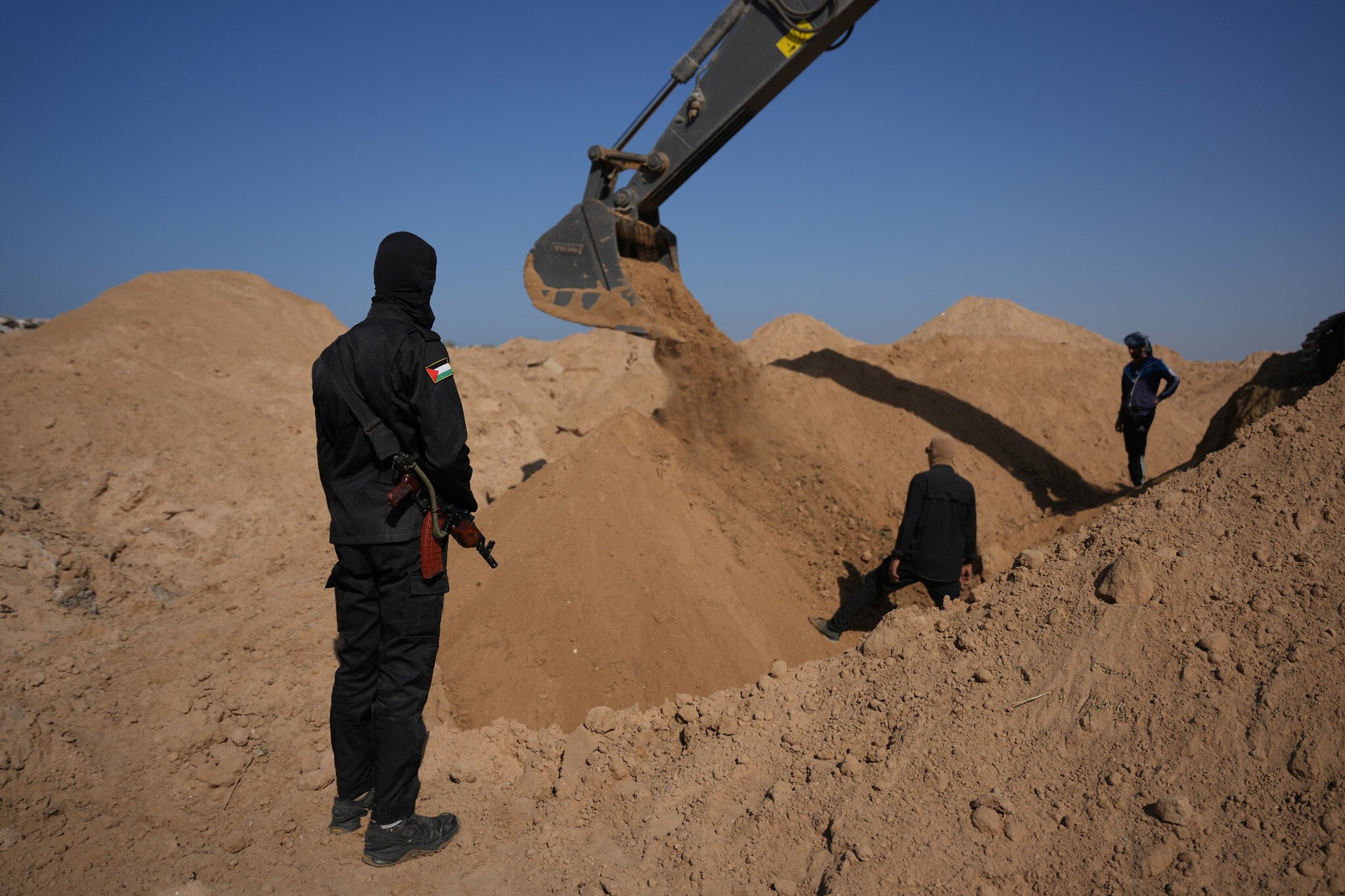
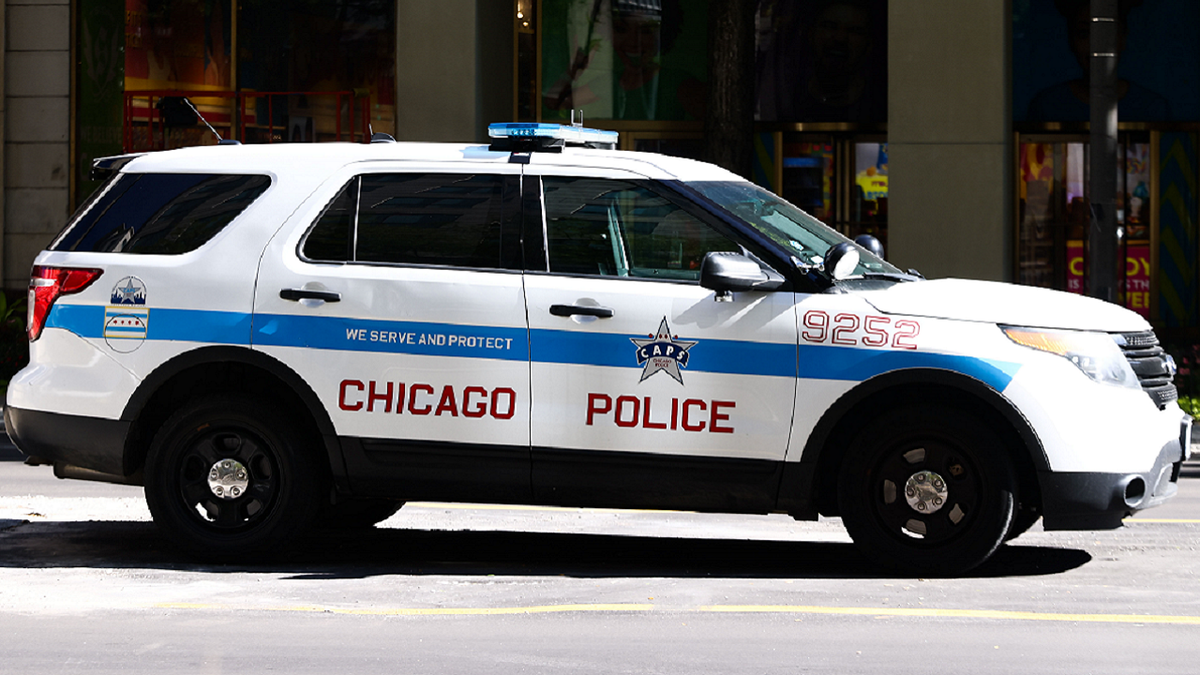
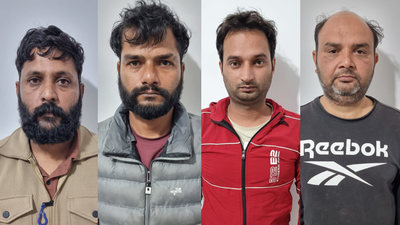













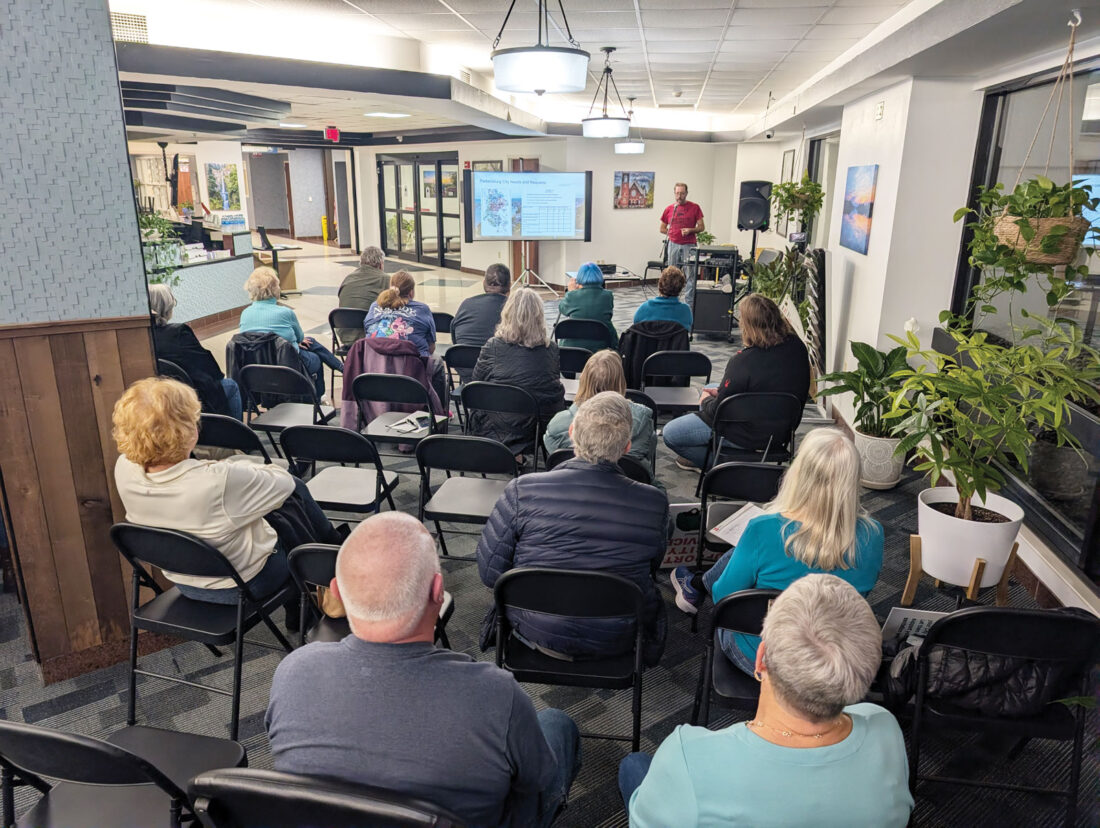
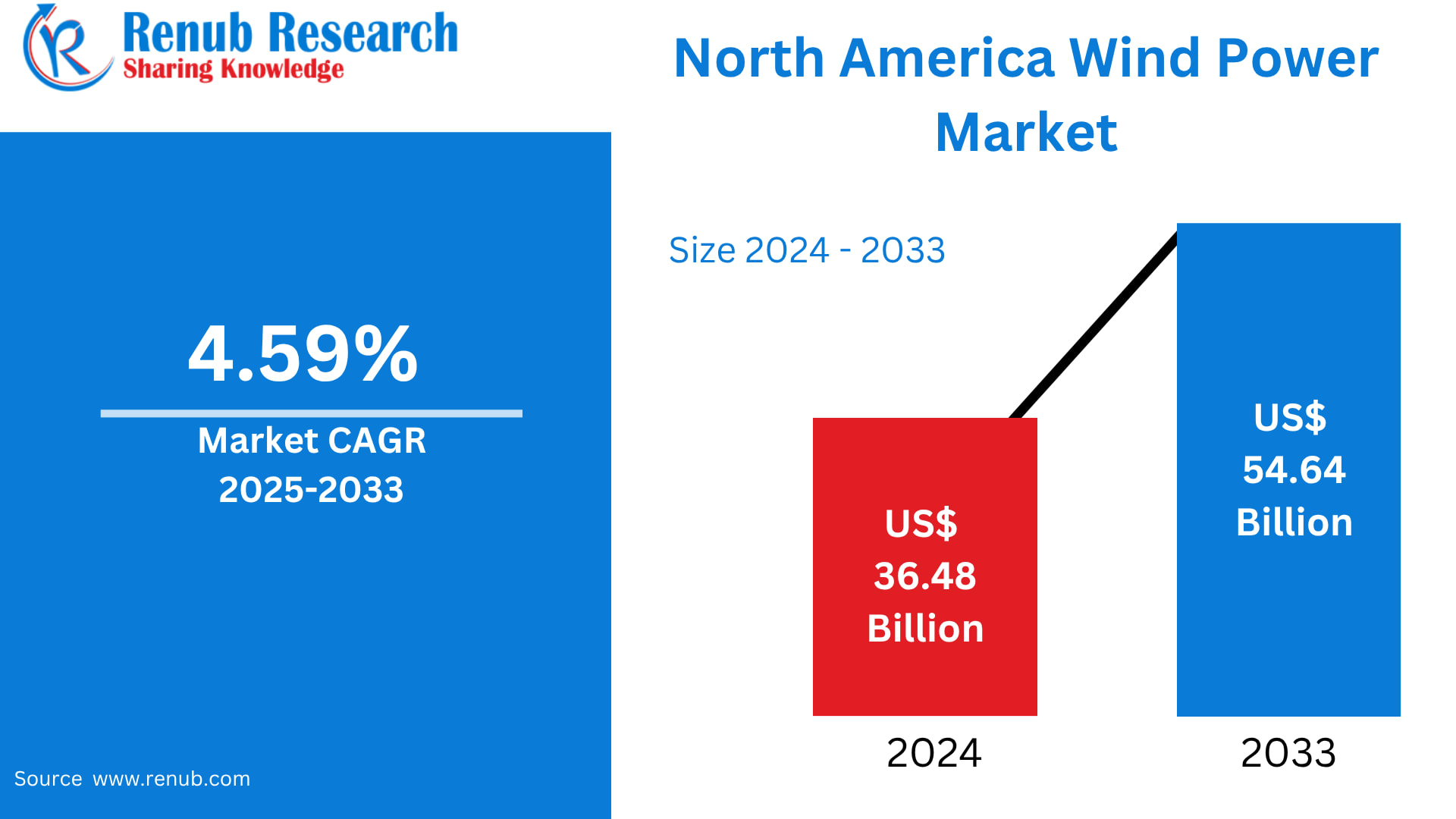












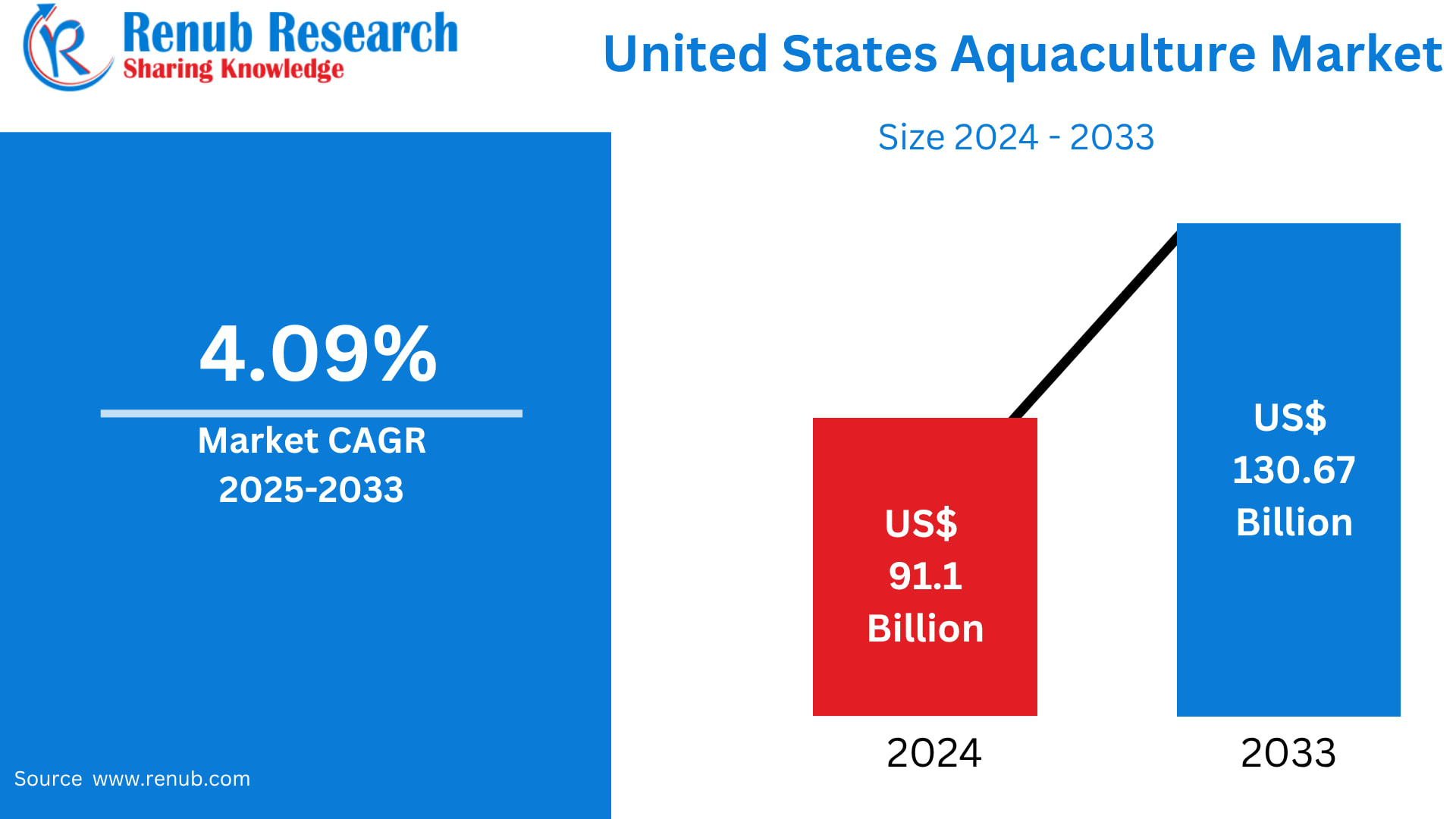
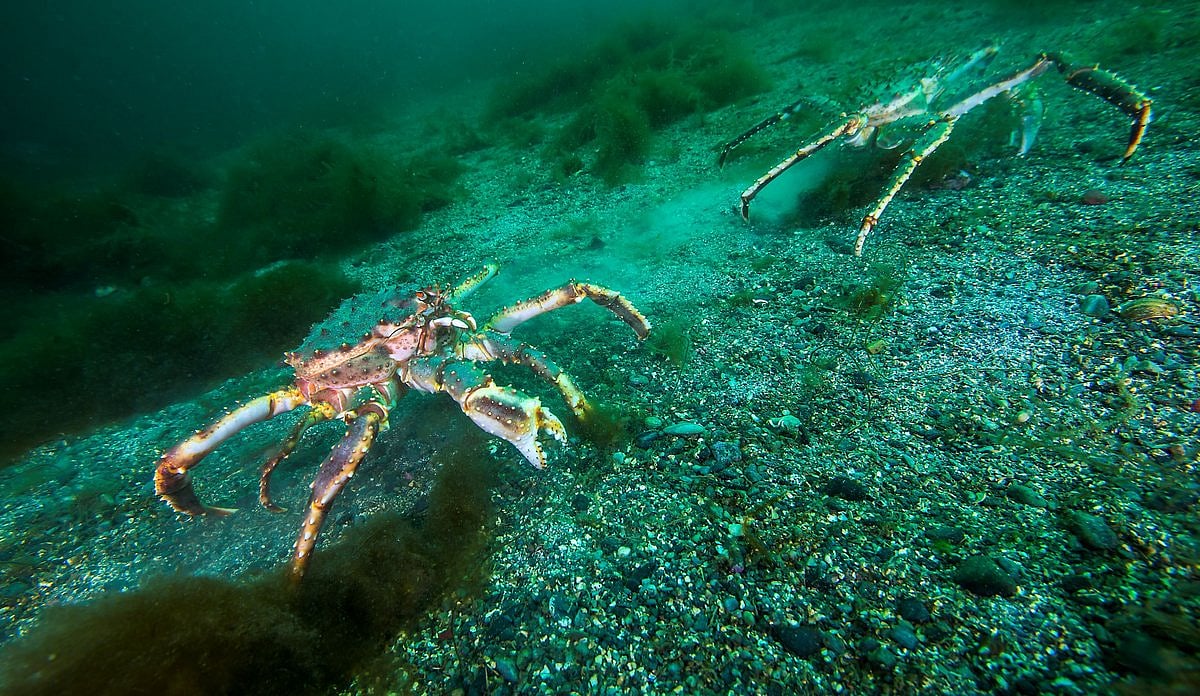






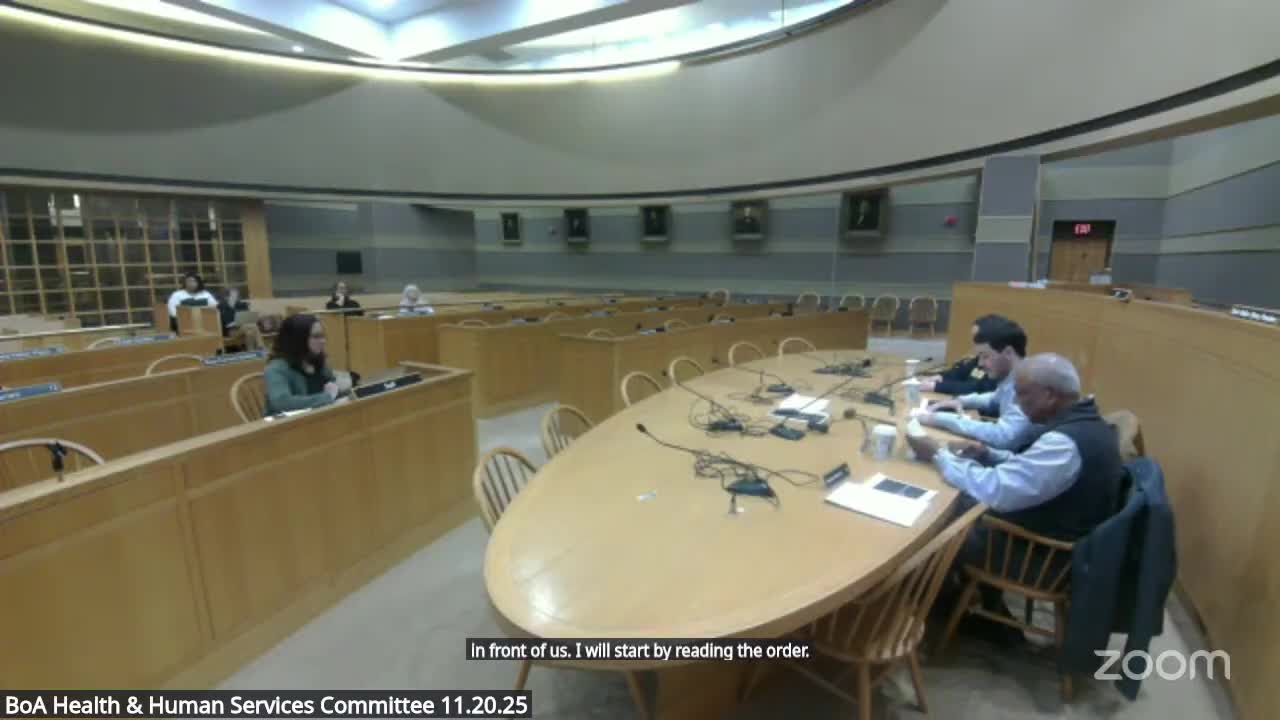



.jpg?format=1500w#)


